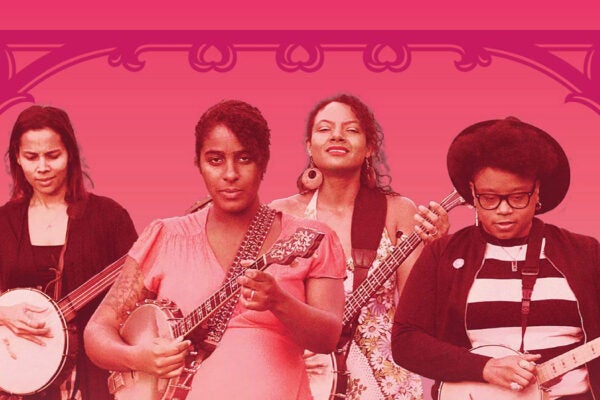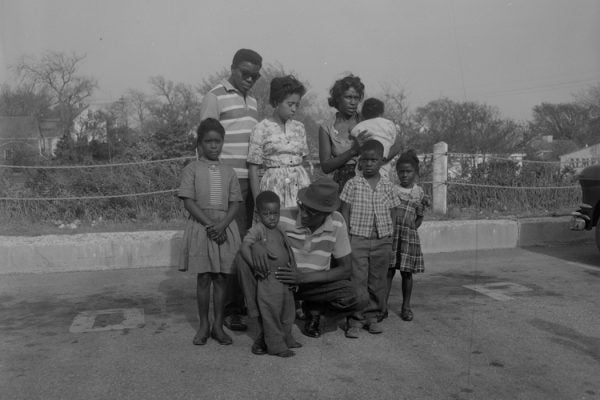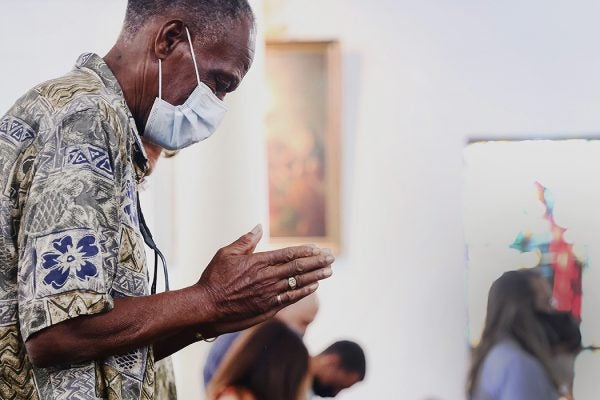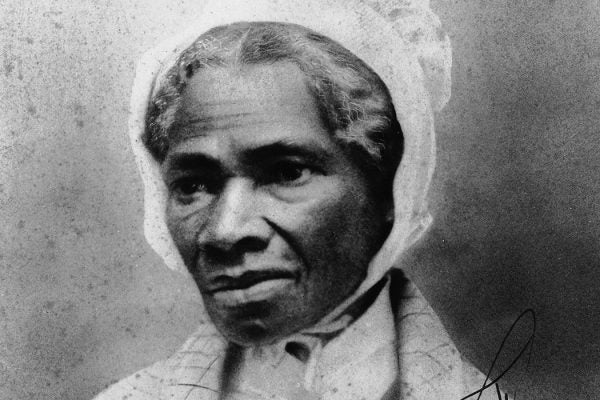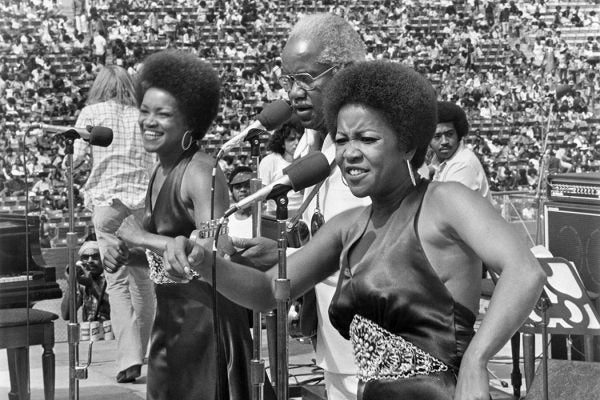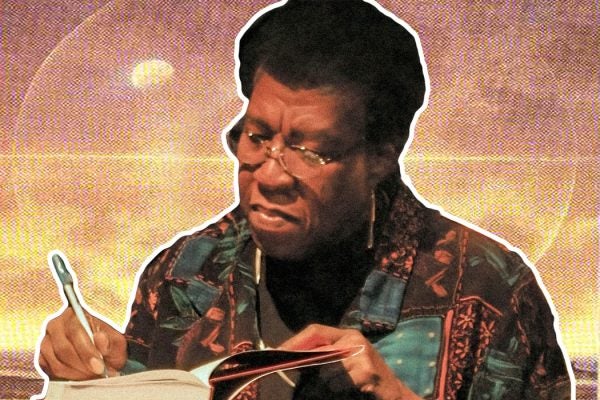This Revolution Will Be Amplified
From Lil Nas X to Valerie June to Darius Rucker, Black musicians are staking their claim in country music. Francesca T. Royster explains.
The Scholars Charting Black Music’s Timeline: Tammy Kernodle & Stephanie Shonekan
Kernodle and Shonekan explore the contributions of Black Americans to classical music and the importance of music and song for social justice movements.
The Reverse Freedom Rides
The White Citizens’ Councils used the transportation of Black Americans to Northern states as a way to embarrass liberal critics and rally segregationists.
The Black Church and Mental Health Support
Mental healthcare has not always been accessible for Black Americans. Could churches be part of the solution?
The Truth About Isabella Van Wagenen
Sojourner Truth’s entanglement with a dubious cult leader in New York City steadied her steps on the path for women’s rights.
How Bill Russell Changed the Game, On and Off the Court
NBA player and coach Bill Russell was a leader and legend, fighting for civil rights even as racists harassed him from the sidelines.
How Wattstax Ushered in a New Era of Black Art
Organized in the aftermath of the 1965 Watts uprising, the music festival showed that something powerful was happening in the Black community.
The Scholars Charting Black Music’s Timeline: Earl Stewart and Michael Veal
Earl Stewart and Michael Veal explore African American music from the Civil War and the evolving sounds of the Black Atlantic.
Challenging Race and Gender Roles, One Photo at a Time
Florestine Perrault Collins escaped the bounds of prescribed gender roles and racial segregation to run a successful photography studio in 1920s New Orleans.
Octavia Butler’s Roots in Black History
The Parable books seem different yet familiar, their plots framed by a world shattered by racism, economic inequality, and climate change.
